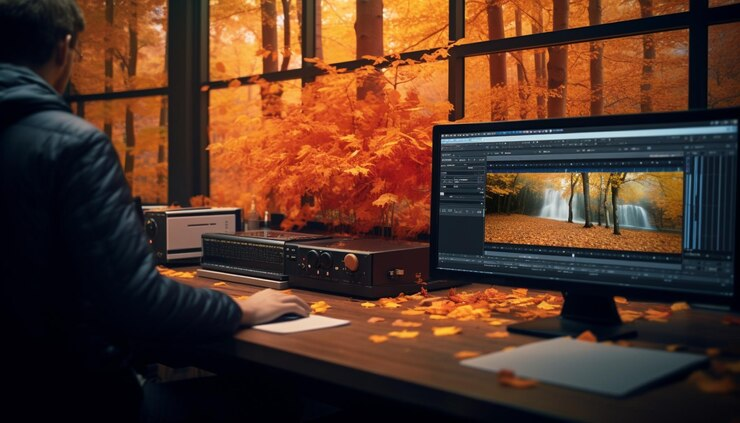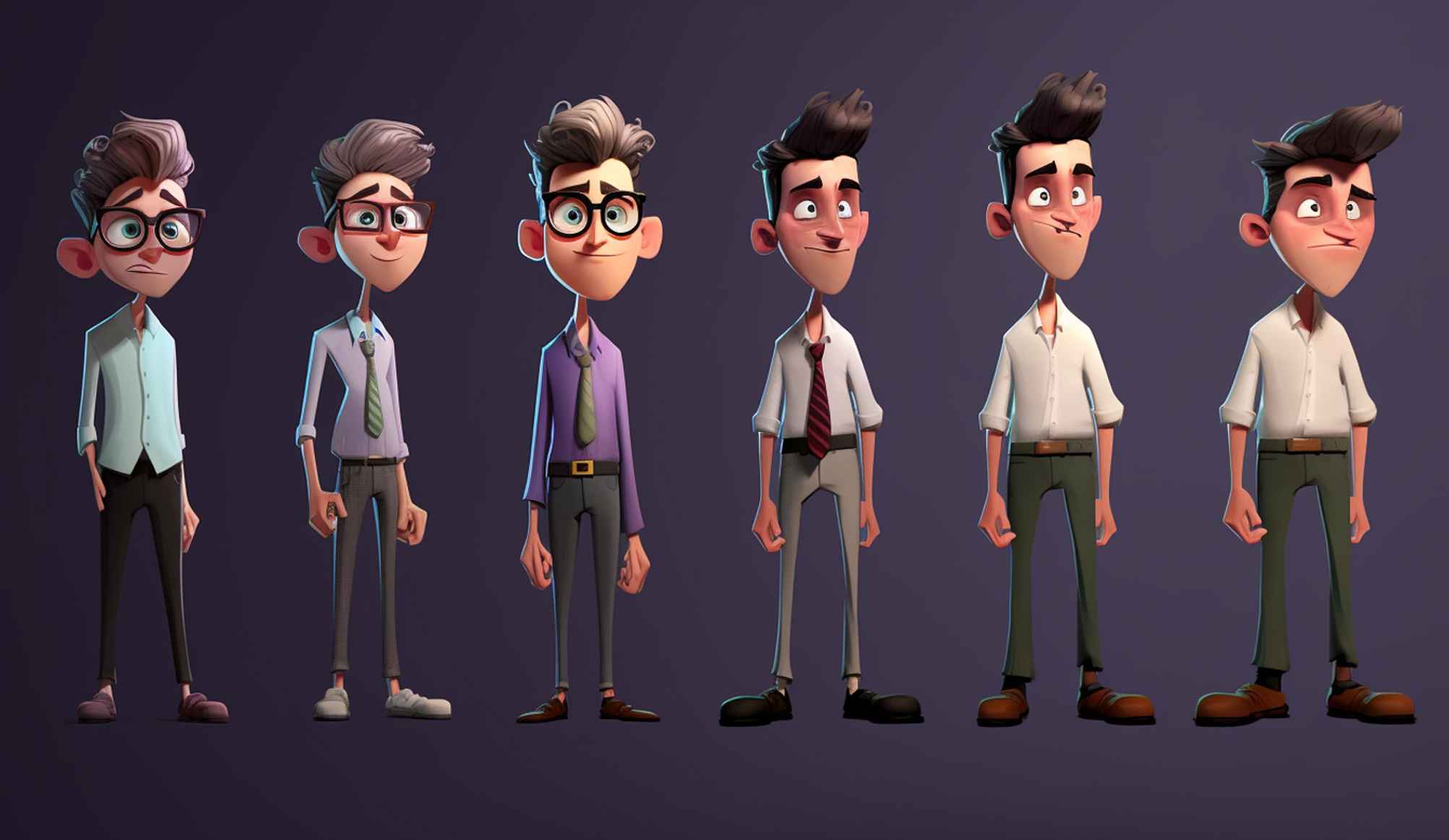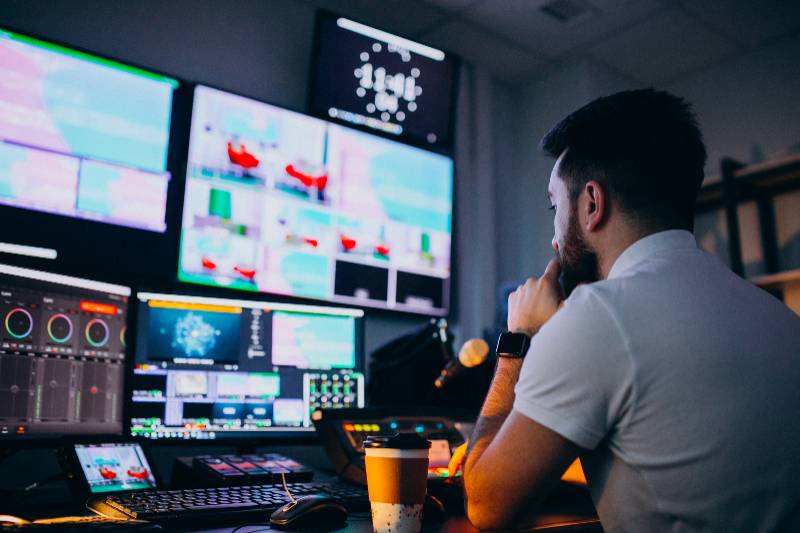Creating Cinematic Effects in 2D Animation

In the world of animation, the term “cinematic effects” often conjures images of breathtaking 3D landscapes and stunning visual effects. However, the realm of 2D animation holds its own charm and potential for cinematic storytelling. Through clever techniques and creative prowess, animators can evoke the same awe-inspiring visuals and immersive experiences found in blockbuster films. In this blog post, we’ll delve into the art of creating cinematic effects in 2D animation, exploring how to captivate audiences and elevate storytelling through animation. Let’s embark on this journey to unlock the secrets of crafting mesmerizing 2D cinematic experiences.
Understanding Cinematic Effects in 2D Animation:
Before diving into the techniques, it’s essential to grasp what cinematic effects entail in the context of 2D animation services. Unlike live-action films or 3D animations, 2D animation relies heavily on the manipulation of visual elements such as composition, lighting, color, and motion to convey mood, atmosphere, and narrative depth. By harnessing these elements effectively, animators can transport viewers into rich, immersive worlds and evoke powerful emotional responses.
Techniques for Creating Cinematic Effects:
-
Dynamic Camera Movement: While traditional 2D animation often employs static camera angles, incorporating dynamic camera movements can add a cinematic flair to your animations. Experiment with techniques such as panning, zooming, and tracking shots to create a sense of depth and momentum. By strategically positioning the camera and adjusting its movement, you can guide the viewer’s focus and enhance the dramatic impact of key moments in your animation.
-
Lighting and Shadow Play: Lighting plays a pivotal role in setting the mood and atmosphere of a scene. In 2D animation, you can simulate realistic lighting effects by strategically applying shadows and highlights to your characters and environments. Experiment with different lighting angles, intensities, and color temperatures to evoke specific emotions and enhance visual depth. By mastering the interplay of light and shadow, you can imbue your animations with a cinematic quality that mesmerizes viewers.
-
Depth and Parallax: While 2D animation inherently lacks the depth perception of its 3D counterpart, animators can create the illusion of depth through clever use of parallax effects. By separating foreground, midground, and background elements and animating them at different speeds, you can simulate a sense of depth and perspective. This technique adds visual richness to your animations and immerses viewers in expansive, multidimensional worlds.
-
Atmospheric Effects: To infuse your animations with a cinematic atmosphere, consider incorporating atmospheric effects such as fog, rain, and smoke. These subtle yet impactful elements can enhance the mood of your scenes and add a layer of visual complexity. Experiment with opacity, texture, and movement to achieve realistic and evocative results that transport viewers into immersive cinematic landscapes.
-
Character Animation and Expressiveness: In cinematic animation, character performance plays a crucial role in conveying emotion and driving the narrative forward. Pay close attention to the nuances of facial expressions, body language, and gestures to imbue your characters with depth and authenticity. Experiment with different animation techniques such as squash and stretch, anticipation, and follow-through to bring your characters to life in a dynamic and engaging manner.
-
Sound Design and Music: In addition to visual elements, sound design and music are integral components of cinematic storytelling. Selecting the right sound effects and musical score can enhance the mood, pace, and emotional impact of your animations. Experiment with layering sound effects, ambient noise, and music tracks to create a rich audio landscape that complements and amplifies the visual narrative.
Conclusion:
In the realm of 2D animation, mastering cinematic effects is a powerful tool for elevating storytelling and captivating audiences. By leveraging techniques such as dynamic camera movement, lighting and shadow play, depth and parallax, atmospheric effects, character animation, and sound design, animators can create immersive cinematic experiences that rival those found in blockbuster films. Whether you’re a seasoned animator or a budding artist, exploring the endless possibilities of cinematic animation opens up new avenues for creativity and expression. With dedication, experimentation, and a dash of imagination, you can unlock the full potential of 2D animation and bring your stories to life in ways that leave a lasting impression on viewers.




